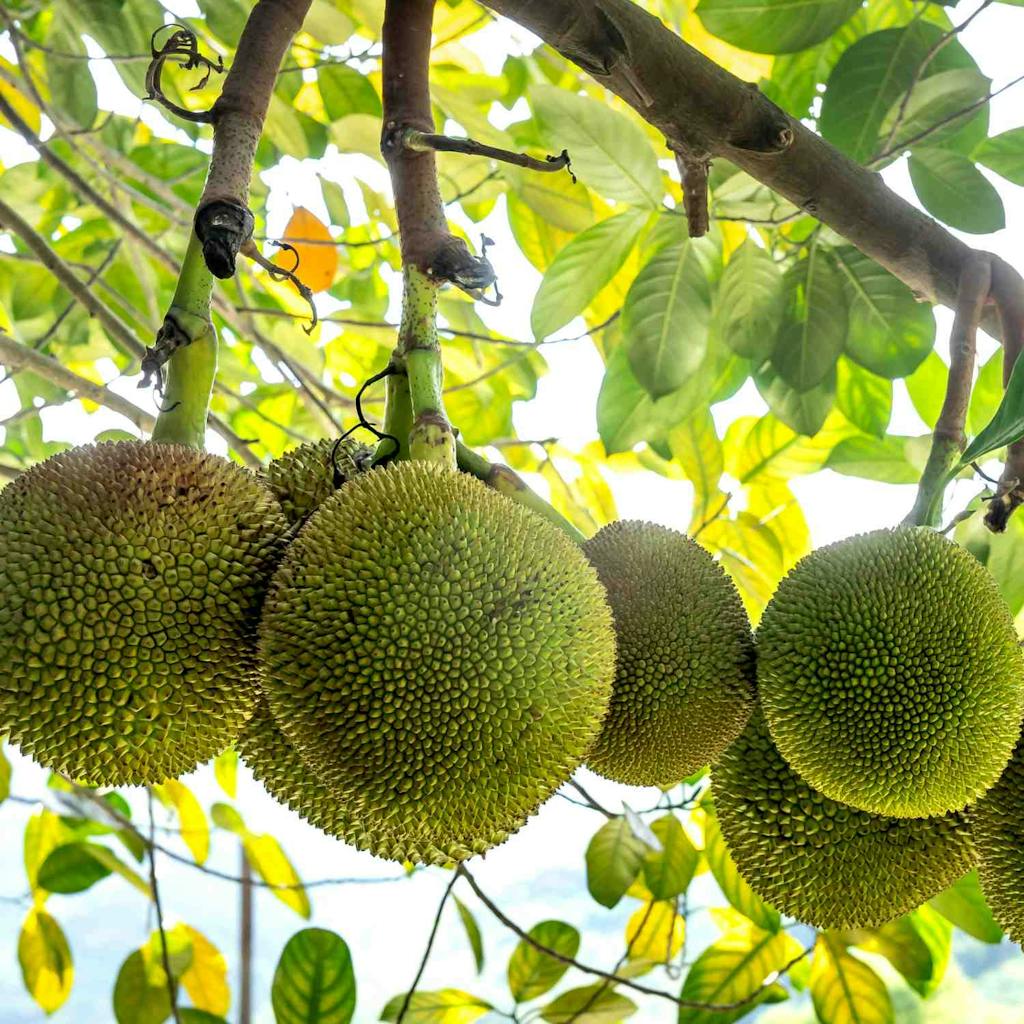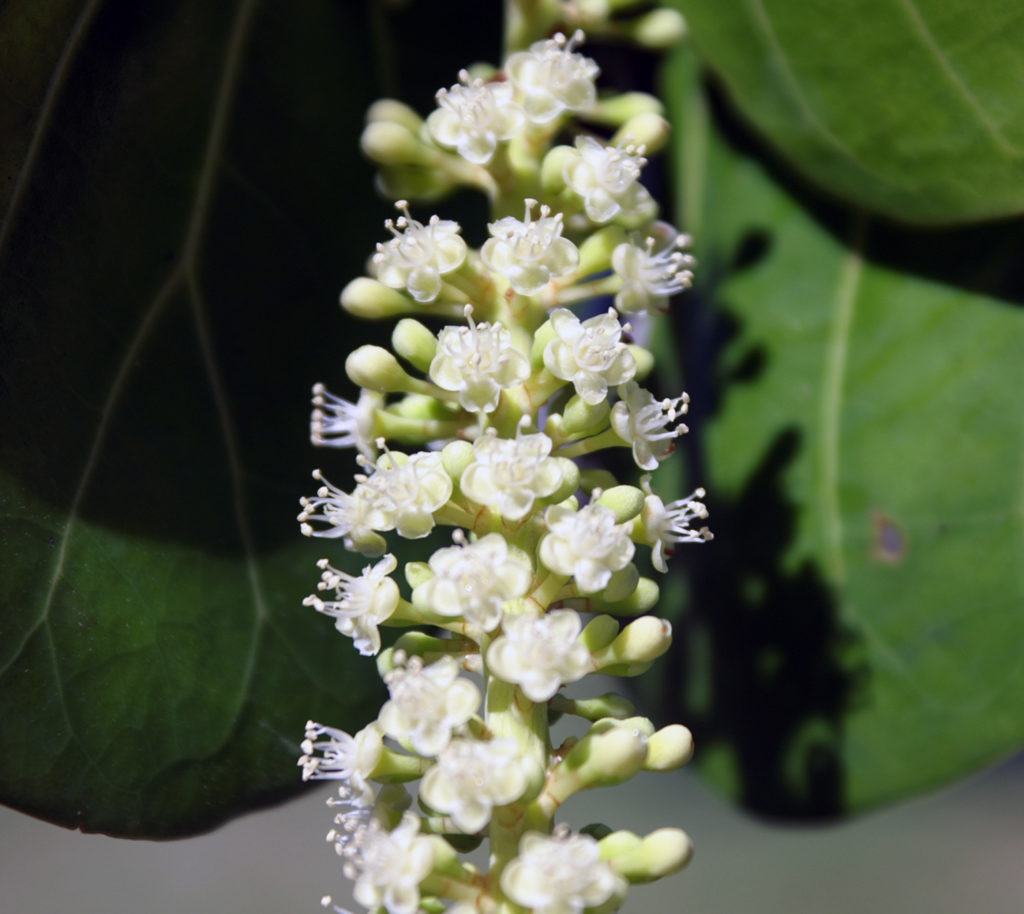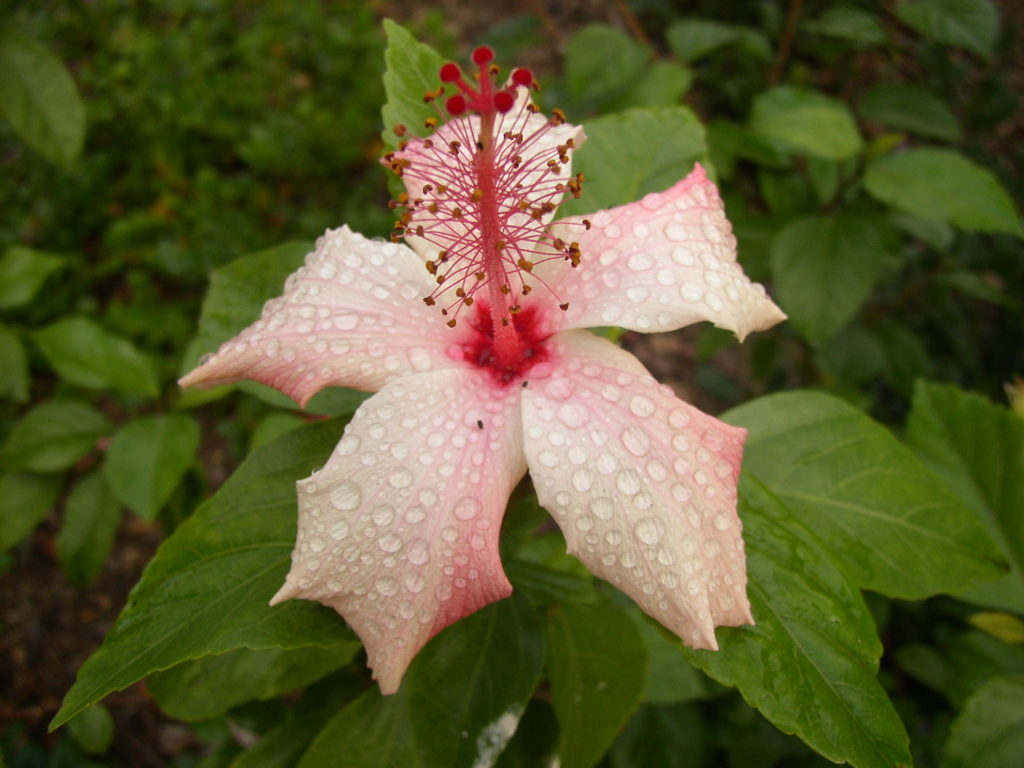My 11-year-old daughter is in the midst of a pretty amazing “science” project — she and three of her classmates are foraging Hawaii for native plants, dehydrating them using a homemade dehydrator, and adding them to food (she’s much smarter than I ever was).
Well, yesterday, I decided to join them on one of their foraging trips through the Manoa rainforest, and I was amazed at all the edible plants in Hawaii. Turns out, there are lots of interesting things to eat in the islands, if you know where to look.
It got me thinking about you, our visitors. How cool would it be to return home and tell your friends you foraged for food in Hawaii’s rainforests?
Ahead is a look at some of the many edible plants, seeds, nuts, fruits, and flowers you can find during your stay here in paradise.
What To Find When You’re Foraging in Hawaii
Kukui

Here in Hawaii, the Kukui tree grows in low to middle elevation, in moist to mesic (moderately wet) areas. The roasted nuts have an oily, nutty flavor and are edible in very small amounts. A mixture of the crushed, roasted nuts, known as inamona, is a common flavoring to sprinkle on other foods, like raw fish. The raw nuts are a laxative.
The kukui nut has many other uses in Hawaii, like lighting torches and adorning lei.
Breadfruit

Breadfruit (or ulu) trees grow in tropical lowland areas, especially in those areas near ancient Hawaiian settlements. The white flesh of the fruits is edible if cooked and is quite delicious. Eating the raw, uncooked fruits will cause nausea and vomiting, but the cooked fruits are safe to consume.
Breadfruit is a common Hawaii foraging plant.
Seagrape

Sea Grape grows in coastal areas and is very salt-tolerant. The ripe, tart or sweet, purple-red fruits are edible raw and also taste great in jelly or wine. The fruits each contain a single hard seed. The flowers contain abundant nectar for honeybees, and the resulting Sea Grape honey is pale and spicy.
Ti
Ti grows wild in wet to mesic (moderately wet) areas at low to middle elevations. The leaves are used as food wrappers for cooking food in an imu, a Hawaiian underground pit oven used to roast food for luau (Hawaiian feasts). The sweet, starchy underground rhizomes can be baked and eaten.
Chinese Hibiscus

How about a colorful, tropical flower as you go foraging through Hawaii? The flowers are edible either raw or cooked. The flowers will not wilt until evening, so you can use it as a long-lasting food garnish.
You can also dry and pack Hibiscus to use in teas. Many believe that hibiscus tea can help with digestion and stress relief.
Noni

Noni fruit is edible, but it’s very foul-smelling. It’s much more palatable when you process or blend it. Look for it in health drinks and other natural health products.
Guava

Guava is an invasive, thicket-forming weed in disturbed areas from sea level to around 4000 feet in elevation. It’s a common fruit for locals and visitors in Hawaii to forage for. The flesh of the ripe fruits is edible and quite delicious. You can eat the fruit raw or cooked, with or without the seeds, or make it into flavorful juice or jelly.
Only eat the perfectly ripe fruits since the green, underripe fruits are unpleasantly astringent. And the soft, overripe fruits have a spoiled, rotten flavor.
Milo

Milo grows along the coast and can tolerate brackish water. The young leaves are edible, and the fruit was traditionally used for medicine. Early Hawaiians considered the Milo tree sacred, so commoners couldn’t use or consume any of it.
Forage On Through Hawaii
Now that you know what to look for, consider making a foraging hike part of your Hawaii vacation. Or, ask your local guide at Hawaii Aloha Travel if you can incorporate a foraging trip into a Circle Island Tour or Half Circle Island Tour.
Who knows? You may be able to forage enough edible plants in Hawaii to take your tour guide out to lunch!
NOTE: DO NOT eat any plants in Hawaii unless you are certain they are edible and not poisonous!




